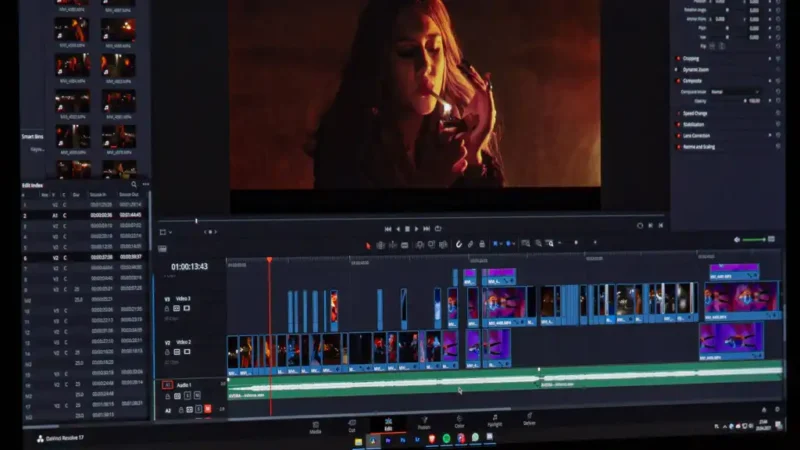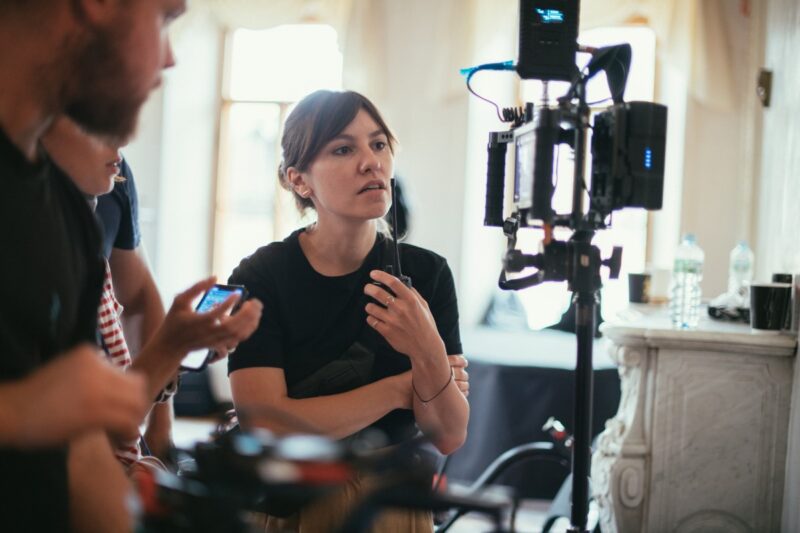You have an awesome idea for a movie! But how do you turn that idea into a full-blown screenplay? Turn Ideas into Scripts is not as easy as it sounds. Creating a script from scratch is a long journey with many twists and turns.
This guide will show you the path from initial concept to cinematic story. We’ll share insights from industry experts and give you practical tips. By the end, your screenplay will be ready to dazzle producers and directors!
From Idea to Screenplay
Your idea is just the start. To become a screenplay, it needs a clear beginning, middle, and end. This gives your story the structure to fill 90-120 script pages. Think of your idea as a full story arc. Each part – the setup, conflicts, and resolution – must serve the overall narrative. It’s not just random events…it’s a complete journey!
Preparation is Key to Turn Ideas into Scripts

Before writing, spend serious time on characters, plot, and scenes. This prep phase could take 6 months to a year! During this time, fully develop:
- Who your characters are
- What they want
- Obstacles they face
- How they change through the story
By the time you write, your characters should have distinct voices. the core conflict should be crystal clear. As Ronald Mita says, outlining with plot points and character arcs builds a strong foundation.
Continuous revision
Writing is just the first step. You’ll revise and adapt the script over and over. New team members like producers, directors, and actors will have ideas to incorporate.
This collaborative process ensures everyone feels ownership and commitment. According to the screenplay, getting feedback and staying open to changes allows your screenplay to evolve.
Collaboration and adaptation
New team members mean new perspectives. Blending their suggestions keeps them invested in the project. Practical constraints like locations may also require rewrites.
For “Devil’s Fortune,” COVID rules meant moving scenes outdoors from a pawnshop and hotel. Flexibility shapes the final product to meet creative and logistical needs. Embrace the collaborative nature of filmmaking!
Personal touch and risk-taking
Don’t settle for formulaic storytelling. While frameworks like the hero’s journey provide guidance, following them too rigidly leads to generic scripts. Inject your personal stamp with unique story elements.
As scriptmag states, high-concept ideas that break conventions make your script stand out and more marketable. Take creative risks! Blaze your own trail instead of retreading tired tropes. Your bold choices will grab attention.
Insights from experience
The video speaker has 25 years of filmmaking under his belt, including 14 feature screenplays. His experience shows writing that first draft can take a full year!
This underscores the patience and perseverance required. Techniques like Ronald Mita’s “sequence approach” can break the story into manageable pieces, making the task feel less daunting.
Developing a high-concept idea

What is a high-concept idea? It’s a story that’s easy to pitch with a clear, compelling premise. As script mag notes, it should be:
- Unique
- Broad appeal
- Summarized in one sentence
This clarity and originality attract producers and studios in a crowded market. Focus on creating strong, fresh concepts that immediately grab interest.
Balancing structure with creativity
Following a solid structure is important… but so is creative freedom! Use templates and frameworks as guides, not restrictive rules.
As the resources state, blending traditional structures with innovative storytelling can create a more dynamic, engaging script. Experiment! Try different narrative styles and character arcs. See what unlocks the full potential of your unique story idea.
Summary
Turn ideas into scripts is no small feat. It requires dedication through an ongoing process of writing, revising, and collaborating.
But with patience, an open mindset, and a willingness to take creative risks, you can craft a screenplay that brings your cinematic vision to life! Keep pushing through the challenges. The path is long, but the reward of a produced film makes it all worthwhile.
Related Posts:
- 10 Tips for Choosing the Perfect Theme for Your…
- Story Structure 101 - Build the Perfect Plot for Your Film
- Light Your Scenes Without Breaking the Bank: DIY…
- 80 Cliched Dialogues NOT to Include in Your Script
- Get Your Film Seen - Why Distribution Matters
- How to Network with Other Filmmakers in Your Region








